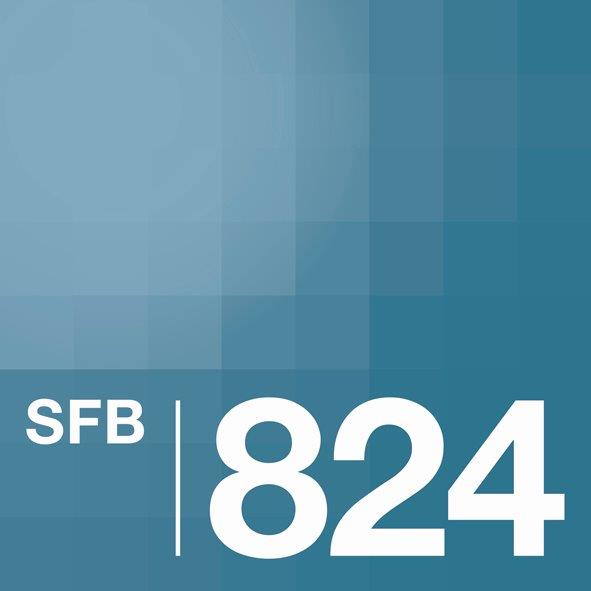BACKGROUND
After the discovery of X-rays and radioactive isotopes more than 100 years ago, medical imaging has rapidly advanced during the last century by numerous methodological inventions. Today, imaging is a major component not only of the diagnostic but also of the therapeutic patient management. Due to recent technical developments, the entire body can be imaged with computer tomography (CT) within few seconds providing anatomic information with submillimeter resolution. Furthermore, magnetic resonance imaging not only generates structural images but is also capable of measuring physiologic processes including perfusion and diffusion. During the past 10 years, functional MR-imaging has gained a dominant role in neurosciences mapping regional neuronal function in-vivo under normal and pathologic conditions.
Imaging methods and their possibilities
With the use of fluorescence or bioluminescence imaging, optical imaging is now extensively studied, predominantly on the cellular level. A major obstacle for its clinical application is the limited penetration of light through tissues. The current in-vivo use is therefore restricted primarily to small animals. In humans, in-vivo optical imaging is feasible with dedicated detector systems which can be utilized, e.g., in combination with endoscopic or intra-operative probes.
Emission tomography, particularly positron emission tomography (PET) allows the detection and quantification of radiolabelled substances with very high sensitivity using very low concentrations (< pM). PET technology therefore allows the visualization of biological targets without interfering with physiologic or molecular processes. Tracer methods therefore offer a unique option to repetitively investigate kinetics, and determine the extent and severity of a specific disease entity without causing pharmacologic effects. PET using the glucose analogue 18F-fluoro-2-deoxy-D-glucose (FDG) represents a successful example of translating a molecular probe (enzyme substrate) into a useful imaging agent, which has gained widespread clinical acceptance in neurology, cardiology and oncology.
The experimental application of optical and tracer techniques to monitor transgenetically induced protein expression has led to a new field of "molecular imaging". The development of molecular imaging has been significantly accelerated by major NIH funding programs in the US, which aimed at the creation of interdisciplinary imaging laboratories as platform for the close interaction of molecular biologists and imaging experts to parallel the advances in experimental and clinical molecular medicine.
Structural and functional imaging
In competition for clinical use, the above mentioned technologies have experienced impressive technical advancements. However, no imaging modality is currently able to fulfil all specific requirements for the structural and functional phenotyping of disease. Most recently, multimodal instrumentation has been introduced to combine structural and functional imaging during the data acquisition process. This approach allows the combination of morphologic information with very high spatial resolution and co registration of molecular data with a high sensitivity. The combination of PET and CT was introduced to clinical medicine in 2001 and has gained widespread clinical acceptance, predominantly for oncological applications.
It can be expected that multimodal techniques will accelerate the translation of many in-vitro techniques from bench to bedside. Furthermore, quantitative approaches will be developed allowing the correlation and analysis of morphologic, physiologic and biochemical parameters on a regional basis.
Whereas functional imaging is well established for management of patients in cardiology and neurology, functional imaging is dominated almost exclusively by 18F-FDG-PET in oncology. The development of targeted drugs and labelled probes, which are capable of addressing and specifically acting on biologic processes, has created high expectations from medical imaging in general, but especially from the new area of "molecular imaging".
Aims of the SFB 824
As a consequence, this SFB initiative aims at advancing instrumentation and methodology of molecular, multimodal imaging for the in-vivo monitoring of cancer therapy. Individual projects will focus on the methodology to validate and further optimize therapeutic interventions in oncologic disease models. Especially in solid tumours systemic chemotherapy protocols are associated with low and heterogeneous response rates, and many patients suffer from unnecessary side effects without a significant therapeutic benefit. On the other hand, there is a reasonable anticipation that a combination of non-invasive imaging and in-vitro analysis of tissue samples derived from biopsies and serum material will allow profiling individual tumour biology and relating the results to the therapy response pattern. It is hoped, that specific imaging signals will be defined, which can predict treatment response and help to tailor as well as monitor selected therapy strategies.
The individualization of cancer treatment using highly specialized imaging methods is the long term goal of this SFB initiative. Preliminary work indicates that PET is currently the only available functional imaging modality which allows clinical quantification of biological processes in the course of cancer treatment. We and others have shown that the uptake of 18F-FDG allows the non-invasive evaluation of response to neoadjuvent treatment. This has been demonstrated in a number of tumour entities including malignant lymphoma, esophageal cancer, gastric cancer, colorectal cancer and lung cancer. In all these studies it has been successfully shown that an early change of tumour glucose metabolism is not only predictive for histological verified response but correlates also with clinical outcome and survival.
Development of imaging probes
Besides 18F-FDG, development and validation of innovative imaging probes which are capable of addressing biological targets associated with the therapeutic effect is of importance to increase specificity and sensitivity of imaging. With the implementation of targeted drugs such as tyrosine kinase inhibitors which are not only cytotoxic but also cytostatic, additional parameters for the biologic definition of tumour response are required. The application of proliferation markers which allow the quantification of cell growth are highly promising. Furthermore, additional processes such as angiogenesis, cell adhesion, cell migration and "tumour milieu" are important and well recognized factors of tumour growth and sensitivity to therapy. Targeted therapy using for example antiangiogenetic drugs has been recently introduced in clinical medicine. However, these new treatment modalities remain associated with heterogeneous response rates. Imaging modalities may allow us to specifically visualize therapy-associated modulation of gene expression, function and activity of respective target structures and affected processes.

